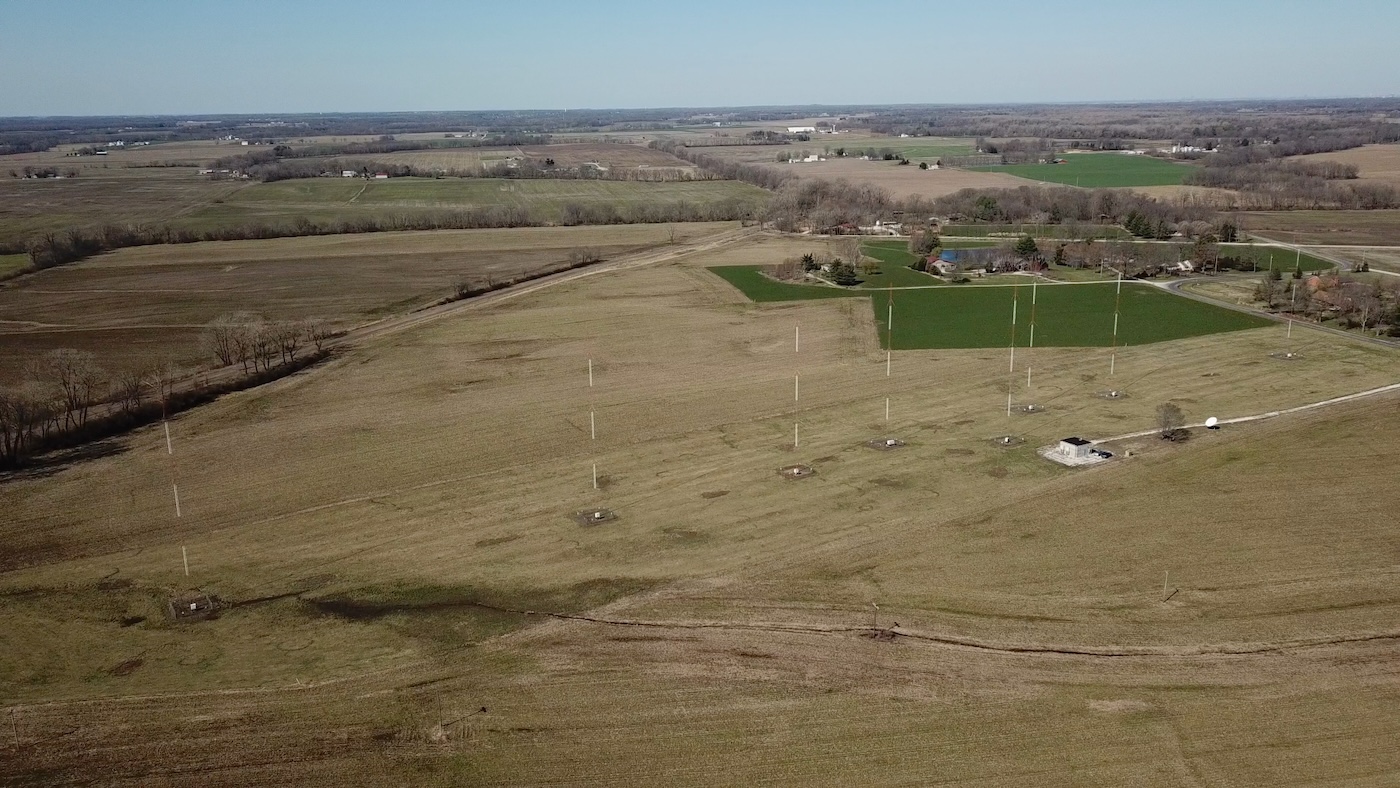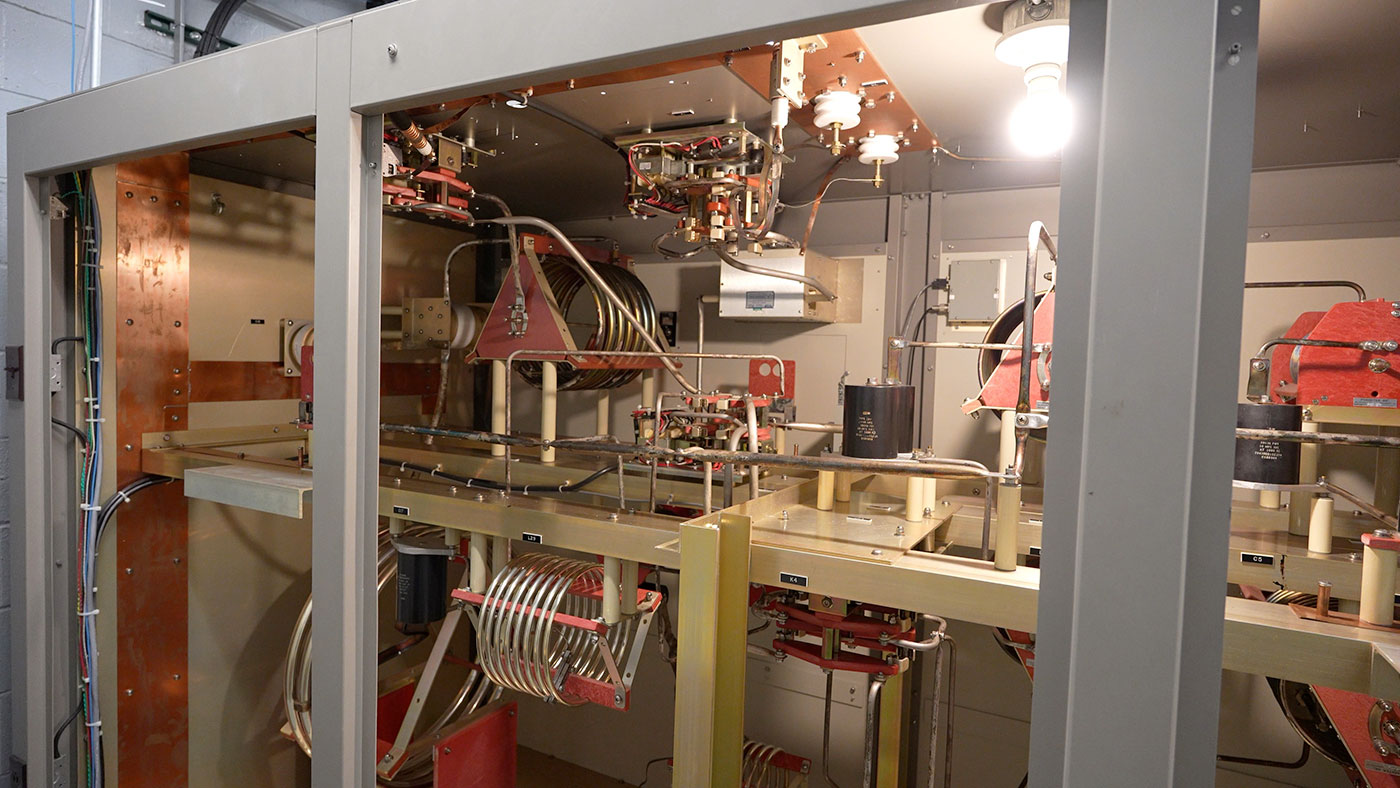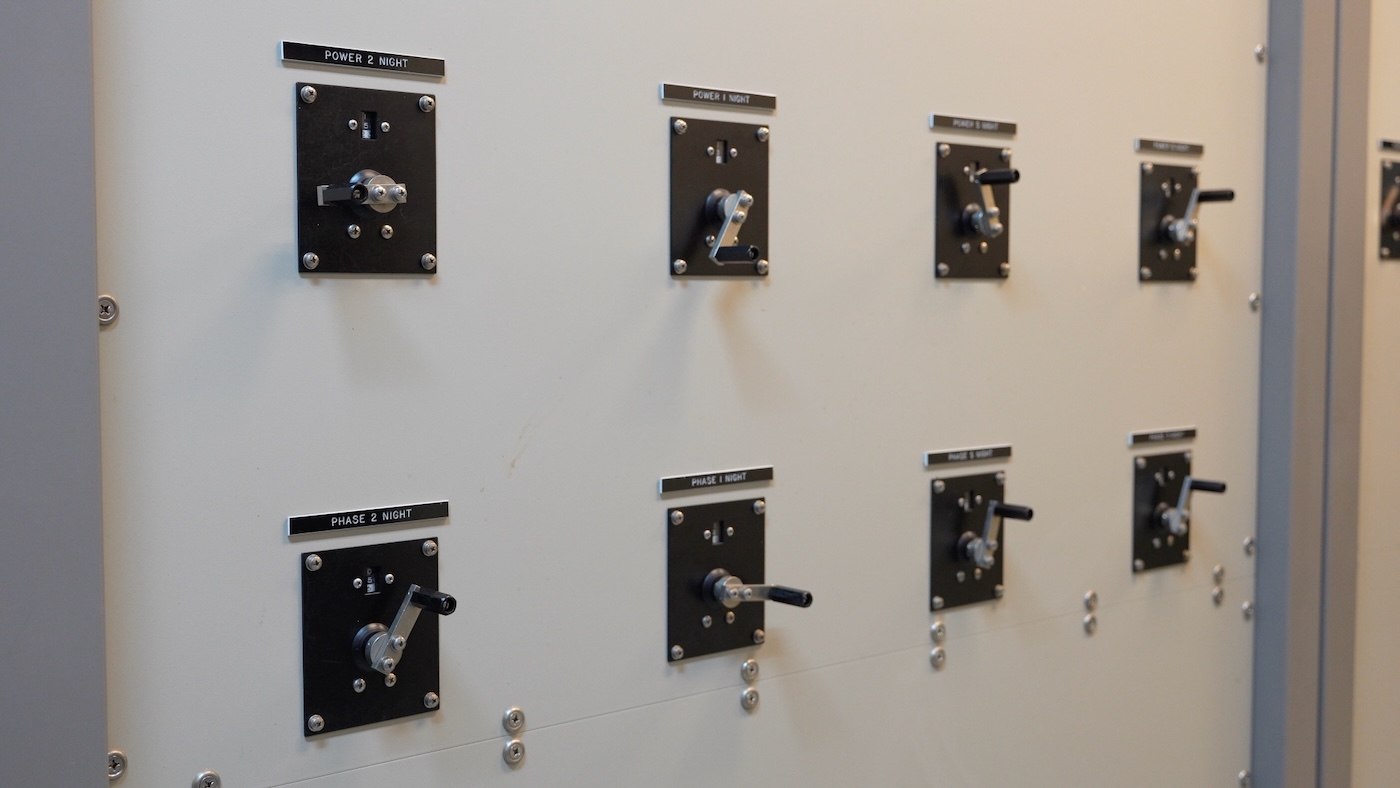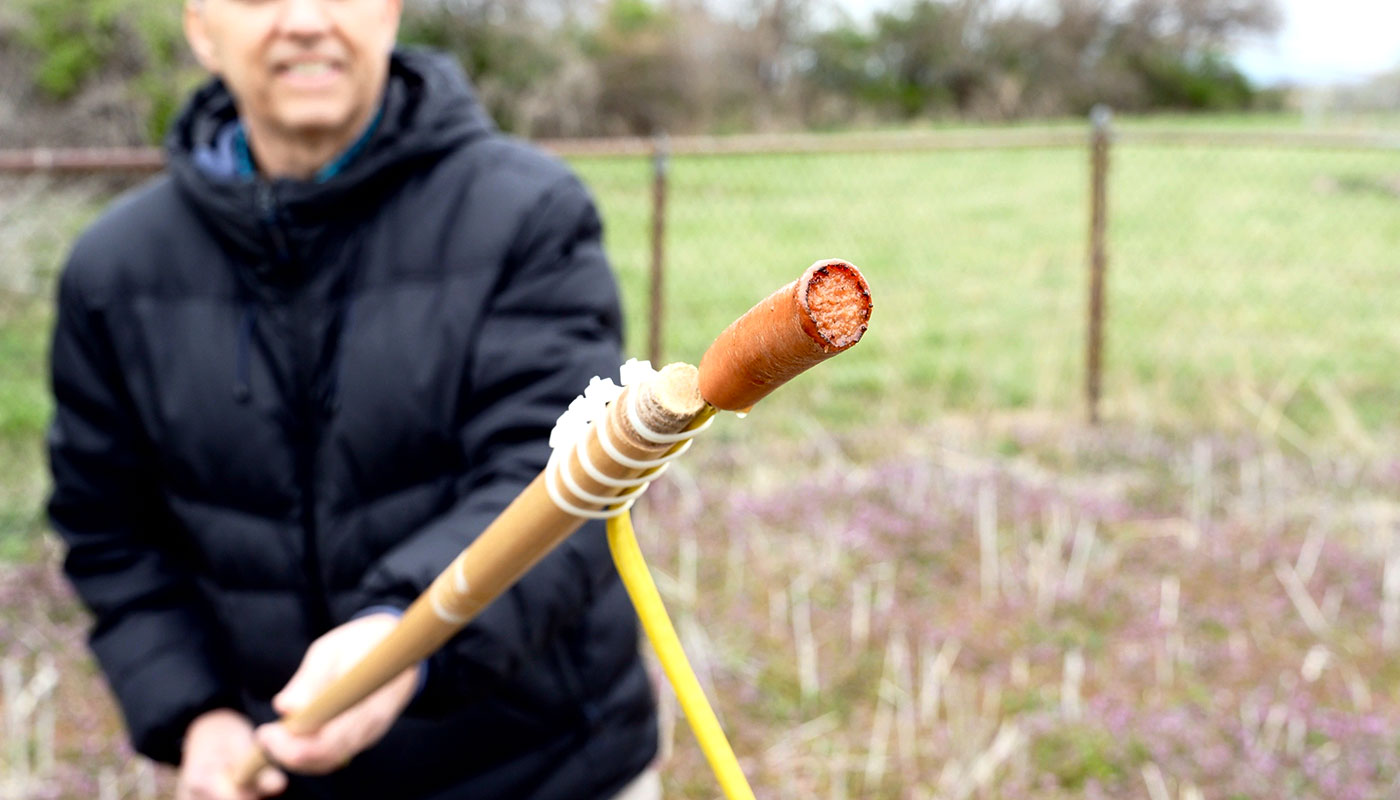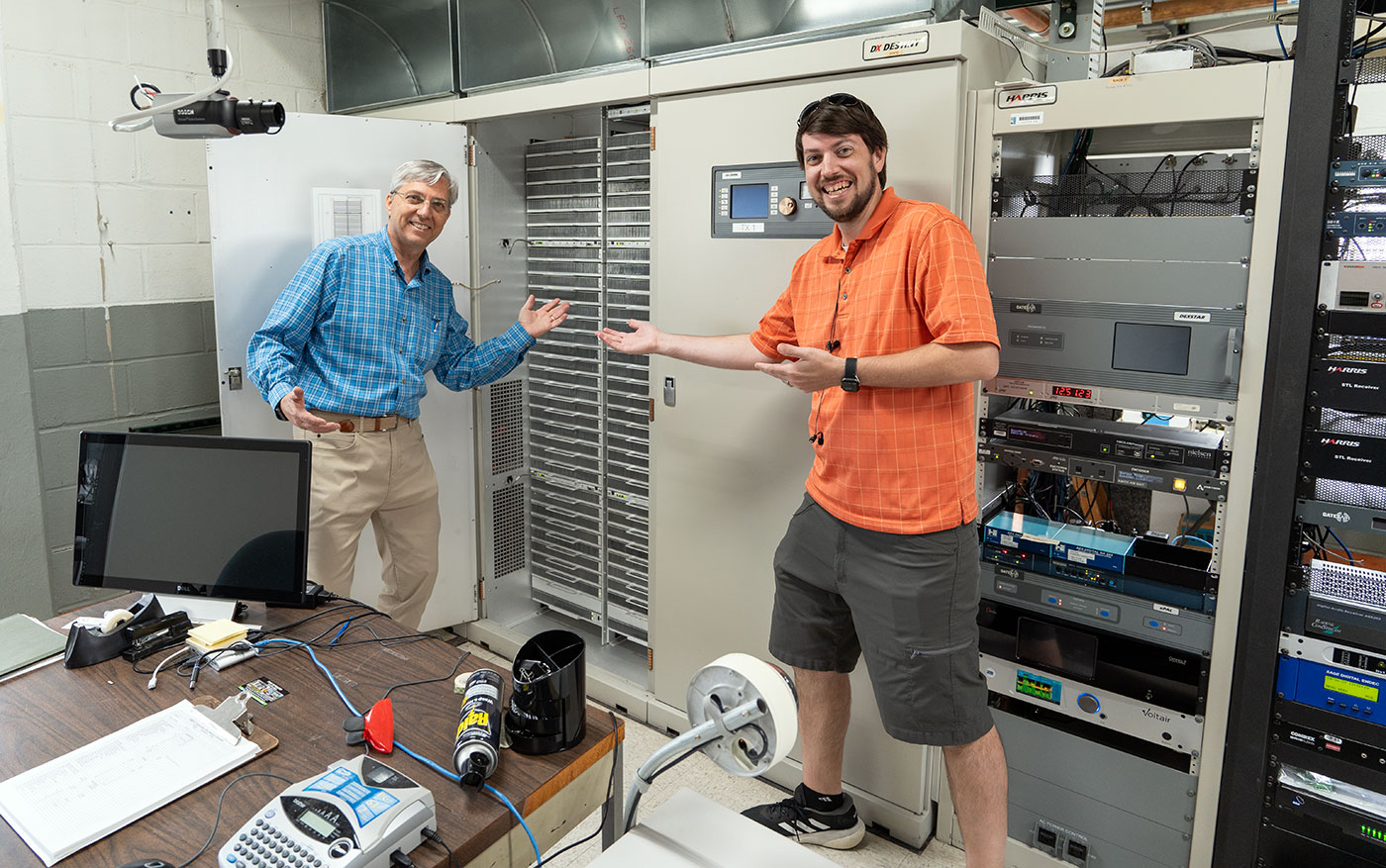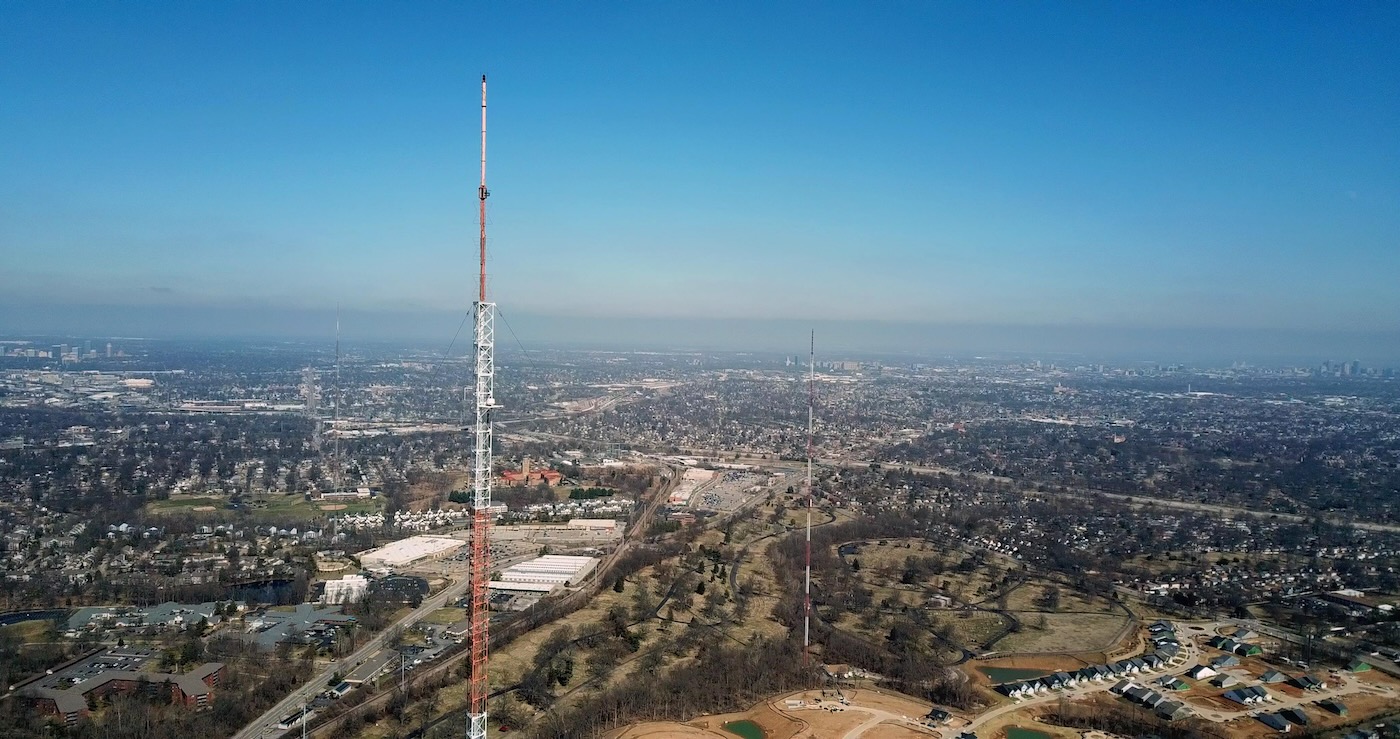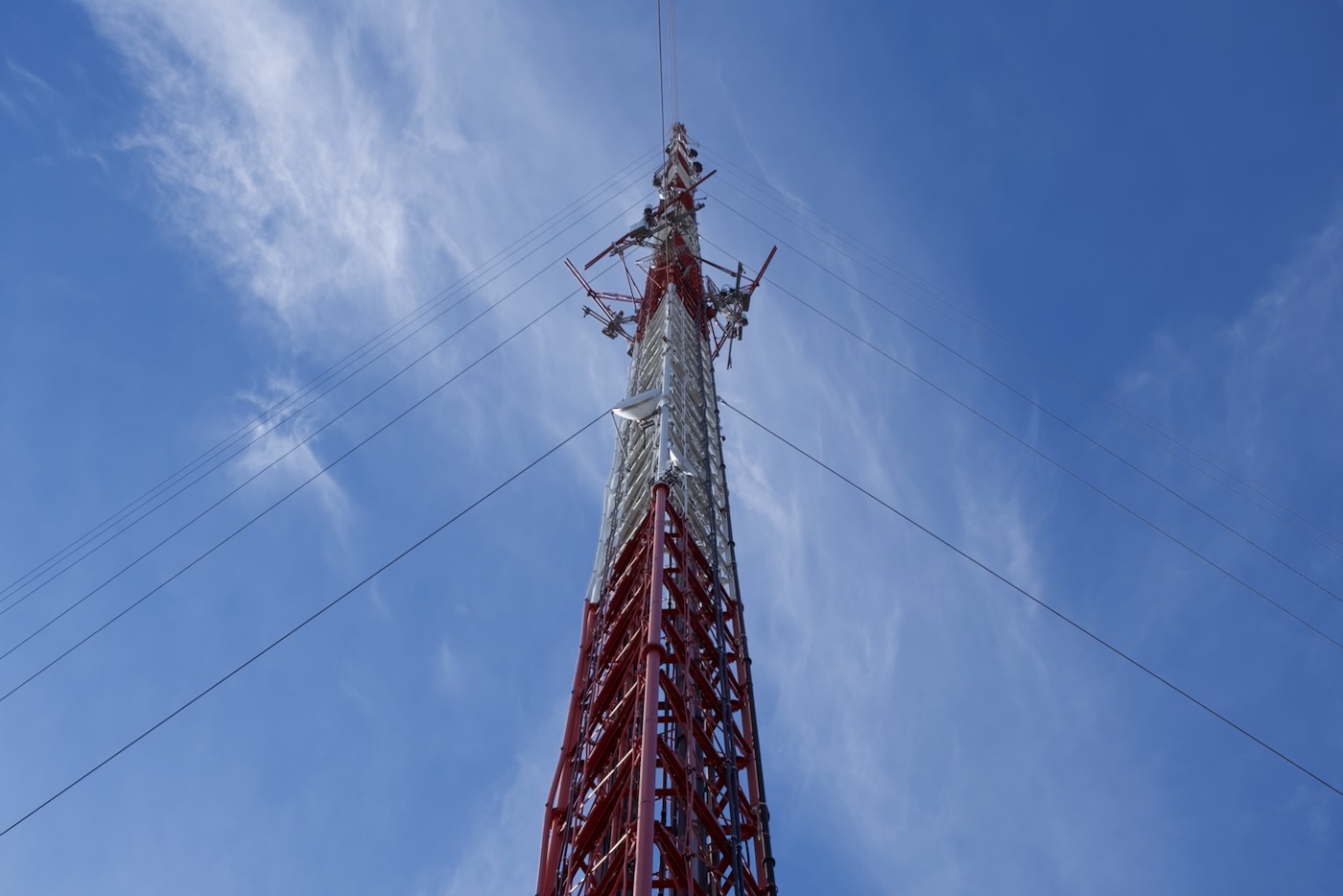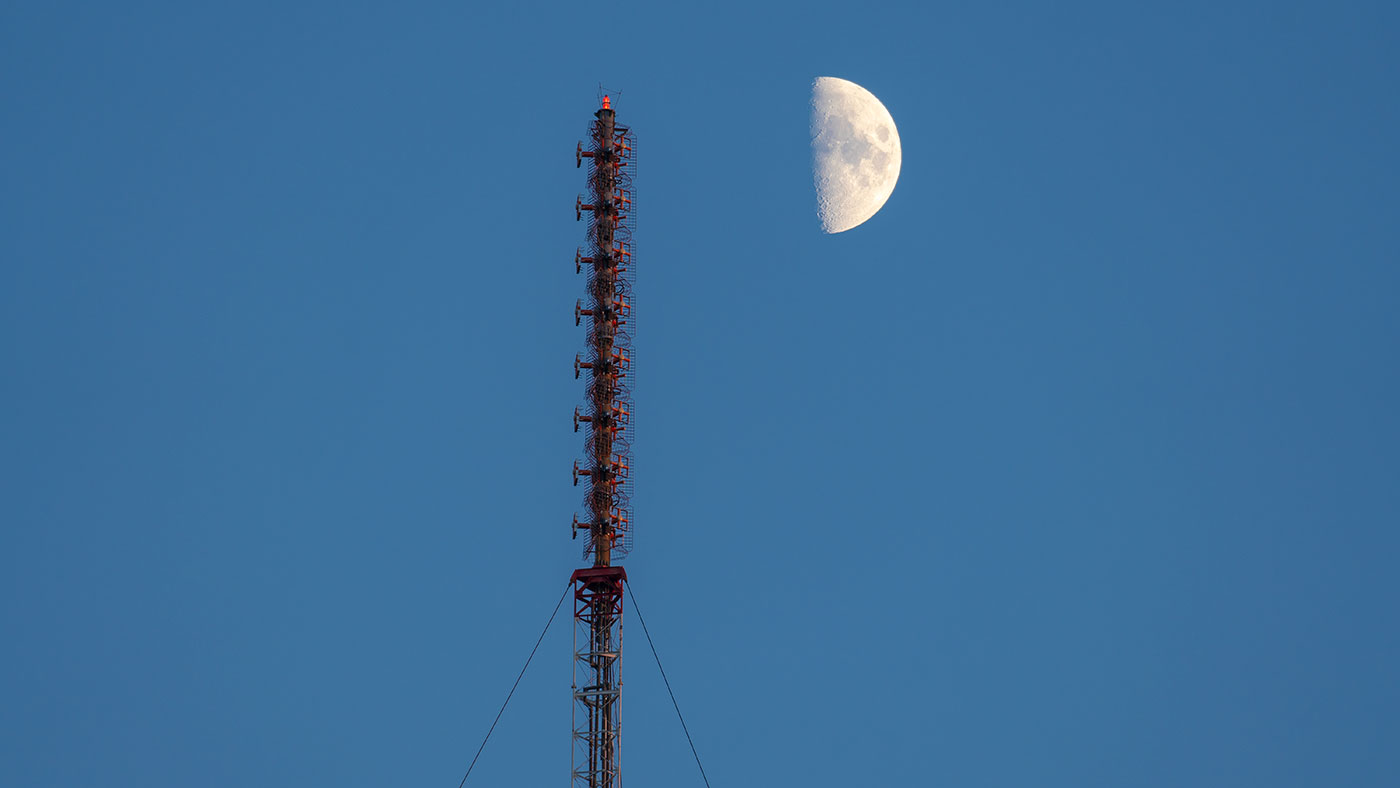What happens when you touch a Pickle to an AM radio tower?
A few months ago, our AM radio hot dog experiment went mildly viral. That was a result of me asking my Dad 'what would happen if you ground a hot dog to one of your AM radio towers?' He didn't know, so one night on the way to my son's volleyball practice, we tested it. And it was awesome.
There's a video and some pictures in my hot dog radio blog post from back in March.

